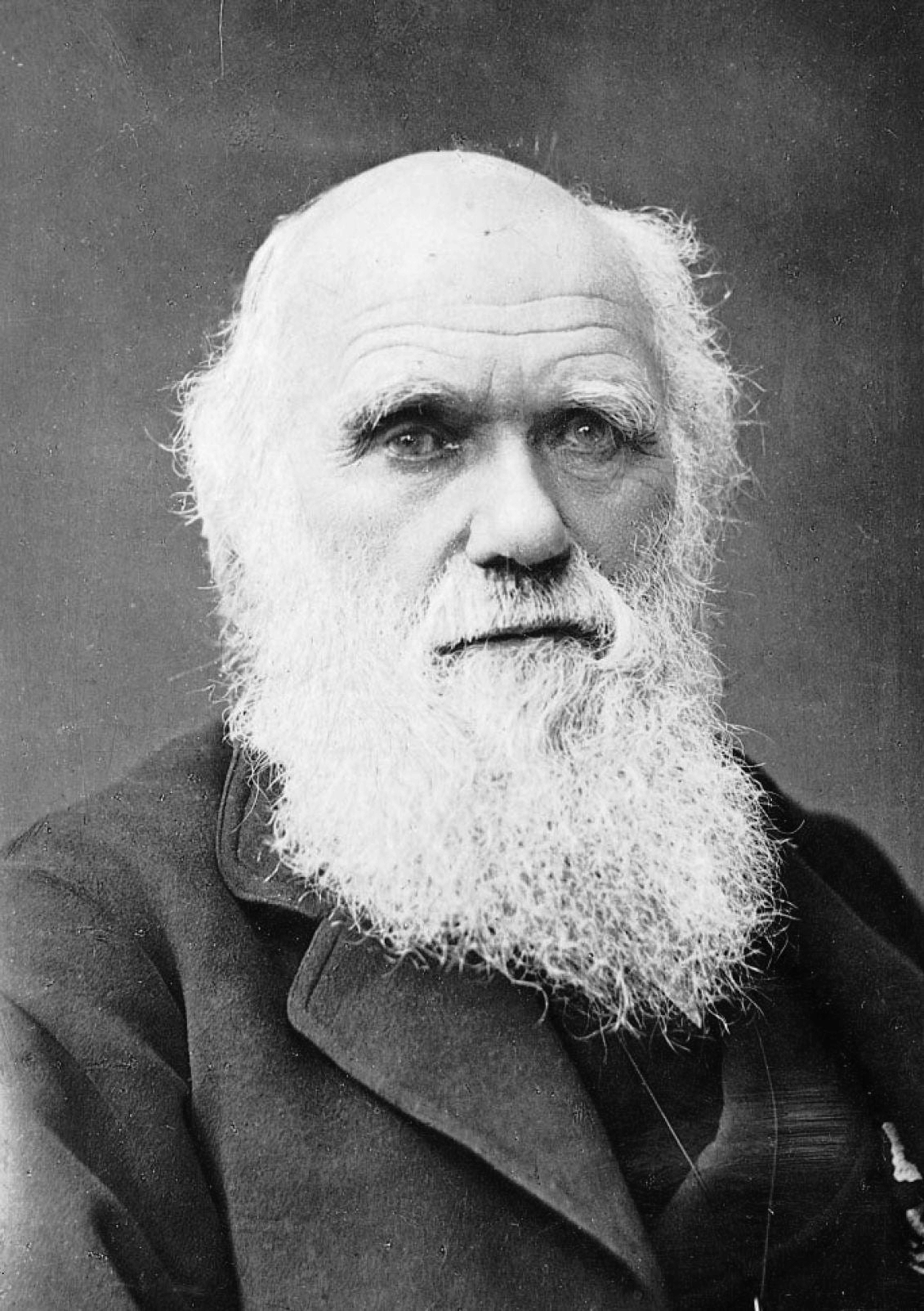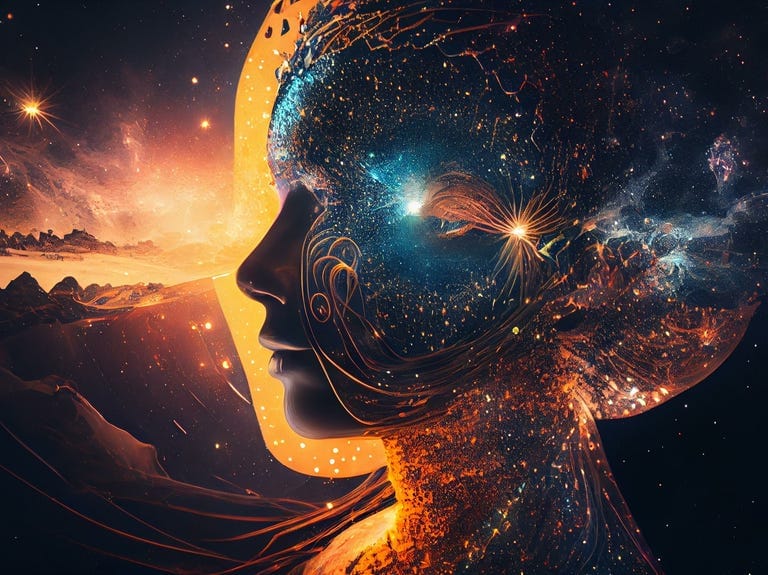Few names in science resonate as profoundly as Charles Darwin. His ideas reshaped not only biology but also philosophy, psychology, and our understanding of humanity’s place in the universe. Before Darwin, life was seen as static—a fixed masterpiece crafted in its current form. After Darwin, life became a dynamic, evolving story, driven by natural forces and endless change.
Darwin’s work was not just scientific; it was deeply human. He spent years observing, questioning, and struggling with ideas that would shake the very foundations of society. His humility, patience, and relentless pursuit of truth made him one of the greatest thinkers in history.
Darwin’s contributions span across biology, ecology, and even ethics. His ideas continue to inspire scientists and philosophers alike, proving that one mind’s curiosity can redefine the way humanity understands itself.
Here are the ten most important contributions of Charles Darwin—ideas that transformed science, challenged belief, and revealed the breathtaking complexity of life on Earth.
1. The Theory of Evolution by Natural Selection
Darwin’s greatest and most revolutionary idea was the theory of evolution by natural selection. Published in 1859 in his book On the Origin of Species, this theory proposed that species are not fixed but evolve over time through a natural process of variation and selection.
Darwin observed that in nature, individuals of a species vary in their traits—size, color, speed, and strength. Some of these variations give certain individuals an advantage in survival and reproduction. Over generations, these advantageous traits become more common, shaping species to better fit their environment.
He famously described this process as “the preservation of favourable variations and the rejection of injurious variations.”
Before Darwin, many believed that species were created independently and remained unchanged. Darwin’s theory revealed that all life is connected through descent with modification—every organism alive today shares a common ancestry.
Natural selection became the cornerstone of modern biology, explaining the diversity of life not as a miracle but as the result of elegant, natural laws. It unified all living things under one grand principle: that life changes and adapts to survive.
2. The Concept of Common Descent
Darwin’s second major contribution was the concept of common descent—the idea that all species, including humans, share common ancestors.
This concept was both scientifically profound and philosophically radical. It placed humans within the natural world rather than above it. Instead of seeing humanity as separate from animals, Darwin proposed that humans evolved from earlier forms of life through the same natural processes that shape all species.
In On the Origin of Species and later in The Descent of Man (1871), Darwin wrote that there is “no fundamental difference between man and the higher mammals in their mental faculties.”
This idea changed everything. It bridged the gap between humans and the rest of nature, showing that our intelligence, emotions, and morality all have evolutionary roots.
The concept of common descent also helped biologists construct the “tree of life”—a diagram that maps how all species are related through evolutionary history. Every branch, from bacteria to whales to humans, traces back to a shared origin billions of years ago.
3. The Emphasis on Variation in Nature
Before Darwin, naturalists often focused on categorizing species as fixed types, assuming that variation within a species was unimportant. Darwin saw variation as the key to understanding evolution itself.
During his voyage on the HMS Beagle, Darwin observed subtle differences among species, especially on the Galápagos Islands. He noticed that finches on different islands had distinct beak shapes adapted to their specific food sources—some long and slender for insects, others thick and strong for cracking seeds.
These variations, Darwin realized, were not random curiosities; they were nature’s way of experimenting. Variation provided the raw material for natural selection to act upon.
In modern genetics, we now know that variation arises from mutations, recombination, and other genetic processes. But it was Darwin who first recognized its fundamental importance. Without variation, evolution could not occur. His emphasis on diversity within species laid the groundwork for population genetics, evolutionary biology, and even modern medicine.
4. The Relationship Between Environment and Adaptation
Darwin revealed that organisms and environments are locked in a continuous dance—a relationship of challenge and response.
He demonstrated that the environment exerts pressure on organisms, favoring traits that enhance survival and reproduction. Over time, these adaptations accumulate, producing species exquisitely tuned to their surroundings.
Camouflage, speed, strength, and even behaviors such as migration or mating rituals—all can be traced to environmental pressures. The beaks of Darwin’s finches are classic examples, but so are the long necks of giraffes, the stripes of zebras, and the claws of eagles.
Darwin’s insight was that adaptation is not directed by will or design but by natural law. Nature is not a sculptor working toward perfection—it is a process of trial, error, and success.
This idea forever changed how scientists view ecosystems. It showed that life is not static but an ever-evolving relationship between organism and environment, a grand symphony of survival played across millions of years.
5. The Connection Between Artificial Selection and Natural Selection
Darwin’s understanding of evolution was deeply influenced by something humans had been doing for centuries: selective breeding.
Farmers and breeders had long known that they could produce better livestock or crops by choosing individuals with desirable traits and breeding them over generations. Dogs, pigeons, and cattle had all been shaped by human choice.
Darwin realized that nature, too, performs a kind of selection—only without human intention. While breeders select for traits they find useful, nature selects for traits that enhance survival.
This analogy helped Darwin explain evolution in relatable terms. He wrote extensively about pigeon breeding, showing how diverse forms could arise from a single ancestral species through small, gradual changes.
The link between artificial and natural selection became one of Darwin’s most powerful arguments. It made the abstract concept of evolution tangible and demonstrated that the same principles guiding human agriculture were at work shaping the entire living world.
6. The Evolutionary Explanation for Human Behavior and Emotions
Darwin’s insights extended far beyond anatomy and species formation. He also explored the evolution of human behavior, emotion, and morality.
In his 1872 book The Expression of the Emotions in Man and Animals, Darwin argued that emotions such as fear, anger, and joy have evolutionary origins. Facial expressions and body language, he observed, are not unique to humans but shared across species.
A snarling dog, a frightened horse, or a laughing child all express emotions through similar physical signs—proof that emotion is ancient and biological.
Darwin proposed that emotions evolved as adaptive mechanisms, helping animals communicate intentions and survive social challenges. For example, fear triggers flight, while affection fosters cooperation and caregiving.
This perspective laid the foundation for modern evolutionary psychology, ethology, and neuroscience. By connecting biology to behavior, Darwin helped scientists understand that the mind itself is a product of evolution.
His work encouraged future generations to study not just how the body evolved, but how feelings, instincts, and morality emerged from the deep history of life.
7. The Understanding of Sexual Selection
Darwin introduced another groundbreaking idea: sexual selection, a process distinct from natural selection but equally important in shaping life.
In The Descent of Man, he explained that many traits—like the peacock’s dazzling tail or a bird’s complex song—cannot be explained by survival advantage alone. Instead, these features evolved because they increased mating success.
Sexual selection operates through two main mechanisms: competition among individuals of the same sex (such as male deer fighting for mates) and mate choice (such as females selecting the most attractive or fit partners).
Darwin’s insight revealed that evolution is not just about survival—it’s also about attraction, display, and reproduction. It explained the beauty and diversity of the natural world in a new light.
Today, sexual selection is a central concept in evolutionary biology, explaining everything from courtship behavior to the evolution of secondary sexual characteristics. Darwin showed that nature’s creativity arises not just from the struggle to survive, but from the dance of love and choice.
8. The Idea of Gradualism in Evolution
Darwin believed that evolution occurs through small, incremental changes over vast stretches of time—a concept known as gradualism.
He opposed the idea of sudden transformations or catastrophes creating new species. Instead, he argued that complex adaptations could arise through countless tiny variations, each preserved by natural selection.
This idea was revolutionary because it suggested that the grand diversity of life could emerge through the slow accumulation of minute differences. Mountains erode grain by grain; species evolve in the same patient way.
Darwin’s gradualism emphasized deep time—a concept supported by geology and later confirmed by fossil records. Although later scientists refined the idea (adding concepts like punctuated equilibrium), Darwin’s vision of slow, continuous change remains a cornerstone of evolutionary thought.
It taught humanity to think in terms of geological and biological timescales—millions and billions of years during which life endlessly reshapes itself.
9. The Foundation for Modern Genetics and the Synthetic Theory of Evolution
Darwin knew nothing of DNA or genes; Gregor Mendel’s work on inheritance was unknown to him during his lifetime. Yet his ideas provided the framework that would later merge with genetics to form the modern synthesis of evolution in the 20th century.
Darwin’s emphasis on variation and natural selection anticipated the discovery of genes as the carriers of hereditary information. When Mendel’s work was rediscovered, scientists realized that mutations in genes create the variations Darwin had described, while natural selection determines which of those variations persist.
This synthesis unified biology. It connected genetics, paleontology, ecology, and embryology into one grand theory that explains how life changes through time.
Without Darwin’s conceptual foundation, this unification would not have been possible. His work gave biology its central narrative: life evolves, guided by natural forces acting on inherited variation.
Modern genetics confirmed what Darwin intuited—a magnificent testament to the enduring power of his vision.
10. The Profound Impact on Science, Philosophy, and Society
Darwin’s influence extends far beyond biology. His ideas revolutionized how we understand the natural world and humanity’s place within it.
Before Darwin, humans saw themselves as separate creations, made in a divine image. After Darwin, we became part of the same continuum as every other creature—unique in degree but not in kind.
This shift transformed not only science but also philosophy, psychology, anthropology, and even theology. Thinkers like Sigmund Freud, Karl Marx, and Alfred Russel Wallace drew inspiration from Darwin’s ideas.
Darwin also influenced ecology, inspiring scientists to study relationships between organisms and environments. His holistic view of nature paved the way for conservation biology and our modern understanding of ecosystems.
Perhaps his most profound contribution is intellectual humility. Darwin showed that life’s complexity does not require supernatural explanation—it can arise from simple, natural laws operating over time. His work teaches us to seek truth through observation and reason, not authority or tradition.
Darwin’s theory challenged humanity to see beauty in change, unity in diversity, and purpose in the very process of adaptation.
The Legacy of a Reluctant Revolutionary
Darwin did not set out to change the world. He was a quiet man, deeply devoted to his family, his garden, and his experiments. For years, he hesitated to publish his theory, fearing its social and religious implications. But when he finally did, he reshaped human thought forever.
The theory of evolution by natural selection remains one of the most powerful ideas in history—a theory that explains life’s complexity, beauty, and resilience. It connects the smallest microbe to the tallest tree, the fish in the sea to the human heart.
Charles Darwin gave humanity more than a theory—he gave us a new way to see ourselves: not as fixed creations, but as participants in the unfolding story of life. His contributions remind us that science is not just about discovery, but about wonder—the deep, timeless wonder of asking who we are and how we came to be.
Darwin’s voice still echoes in every laboratory, every fossil bed, and every forest. It whispers the same truth that changed the world: life evolves, endlessly, beautifully, and together.






